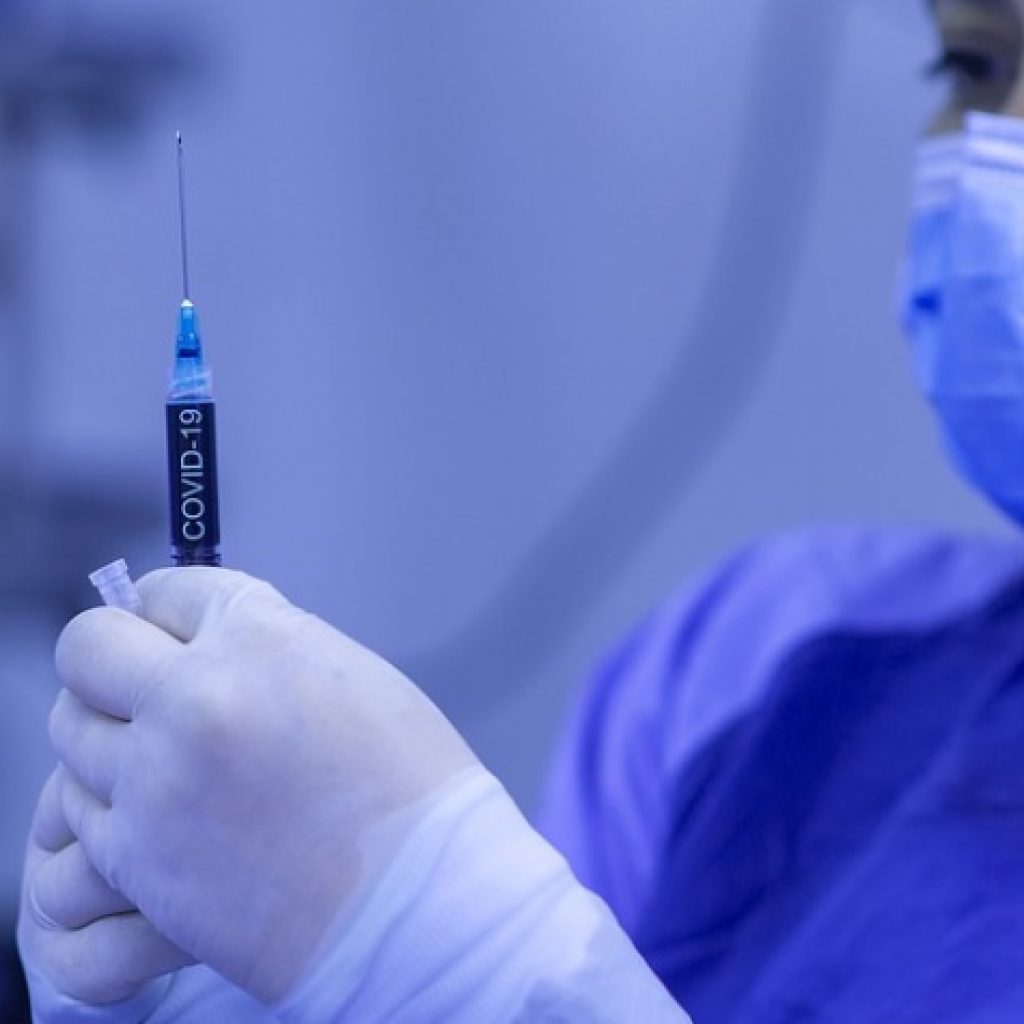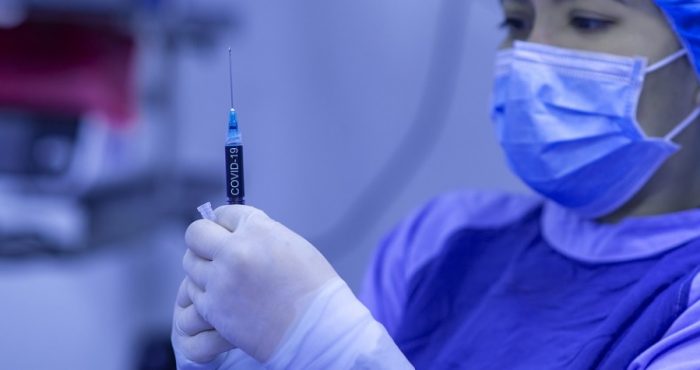Information through May 28, 2021

Markets continue their upward climb, albeit more slowly in the second quarter compared to the first. Optimism about vaccines and the ending of the pandemic and the US economy continues to fuel the stock market’s rise. Although the virus is a long way from being contained globally, restrictions are quickly being removed in the US and Europe, bolstering confidence in these economies as more of their citizens get vaccinated.
COVID-19 vaccines and spending in the US
As you may remember, long before vaccines were available, we had our own personal experience with the coronavirus. In the US about 50% of the population has been vaccinated, and new Covid case numbers are dropping dramatically.
Congress passed additional stimulus payments back in March, and a potential $2 trillion infrastructure package is being negotiated. Consumers, many who are optimistic about their own economic prospects and have saved much of their stimulus payment, are beginning to spend in earnest.
Along with increased spending comes more business activity responding to increasing consumer demand as more vaccines roll out. This virtuous circle of demand and supply results in additional demand for workers, who are in short supply, which in turn drives higher income and economic growth. First quarter US growth was 6.4% on an annualized basis, suggesting that this positive growth cycle is well underway. Second quarter growth is likely to be even higher, with some economists predicting 10% annualized growth.
We continue to see growth in the US
Growth is rebounding so quickly in some segments of the economy that employers are having trouble finding labor. Unemployment has dropped to 6.1% (although 16 million Americans were continuing to claim benefits through all unemployment programs.) The Federal Reserve, by purchasing government debt and keeping short-term interest rates near zero, is also fueling the recovery.
All this growth and exuberance may have a downside in terms of higher inflation. The Commerce Department recently reported that the “core personal consumption expenditure index”, the Federal Reserve’s key inflation index, was up 3.1% over the past year, well above its 2% target. In April, another inflation gauge registered the biggest monthly increase in prices in 13 years.
Large price increases are showing up across the economy from raw materials like lumber to goods like used cars and computers to services like airline tickets. Inflation is clearly on the rise; however, many economists–importantly, including those at the Federal Reserve–believe these price increases are temporary. If higher than expected inflation continues over the coming months, it can cause bigger economic challenges for policy makers and consumers in the future.
Market returns and your investments
While market returns these past several years have been very strong, it is important to keep your exuberance in check. This means refraining or minimizing your purchase of “hot” investments and periodically rebalancing your portfolio.
Rebalancing your stock and bond allocations may not appear as sexy as investing in Tesla, because it involves selling off a portion of your best performing securities and buying into an underperforming category. But it does ensure your portfolios are properly diversified to reflect your risk tolerance and investment goals. Does any of the current economic news have you concerned? Please feel free to reach out to us any time.
Our previous economic, investment and market overviews:
